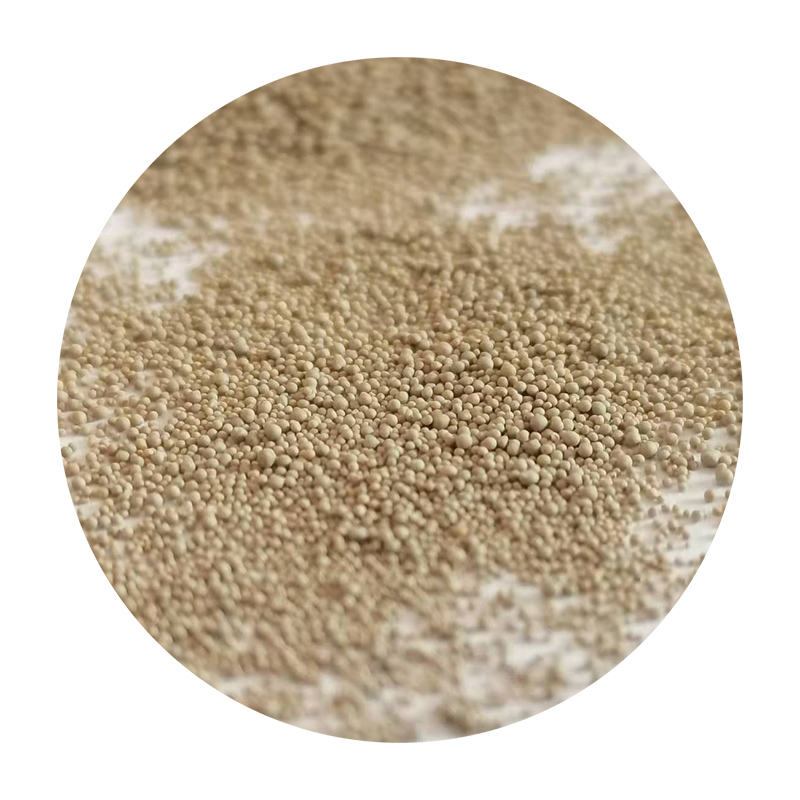3D Printing Patterns for Sand Casting Revolutionizing Manufacturing
In recent years, the integration of 3D printing technology into traditional manufacturing processes has gained remarkable momentum. One area where this innovation is particularly impactful is sand casting, a widely used method for producing metal parts and components. Traditionally, creating patterns for sand casting has been a labor-intensive and time-consuming process, often requiring considerable skill and expertise. However, with the advent of 3D printing, this landscape is rapidly changing, offering numerous advantages that are transforming how manufacturers approach sand casting.
Understanding Sand Casting
Sand casting is a method that involves creating a mold from a pattern, typically made from a rigid material like metal or plastic. The mold is formed by packing sand around the pattern, which is then removed to create a cavity into which molten metal is poured. Once the metal solidifies, the sand is broken apart to retrieve the finished part. The quality of the final product depends heavily on the accuracy and precision of the pattern used to create the mold.
The Role of 3D Printing
The introduction of 3D printing into pattern making for sand casting allows for unprecedented flexibility and efficiency. With 3D printing, manufacturers can produce complex shapes and intricate designs that would be difficult, if not impossible, to achieve using traditional machining methods. This capability not only enhances the design potential but also reduces the need for multiple patterns for different components, streamlining the overall production process.
Benefits of 3D Printed Patterns
1. Cost Efficiency Traditional pattern making often involves high material costs and extended lead times, particularly for custom parts. 3D printing simplifies this process, reducing costs associated with materials and labor. By eliminating the need for manufacturing multiple patterns, companies can focus their resources more effectively.
3d printing patterns for sand casting

2. Rapid Prototyping One of the most significant advantages of 3D printing is the ability to quickly produce prototypes. This rapid prototyping facilitates faster design iterations, allowing engineers and designers to test and refine their ideas without a lengthy delay. This agility in the design process can lead to innovative solutions and improved product performance.
3. Customization In an increasingly competitive market, the demand for customized products is on the rise. 3D printing allows manufacturers to create bespoke patterns tailored to specific customer requirements without the need for extensive retooling. This customization capability helps companies better serve their clients and adapt to changing market demands.
4. Sustainability Environmental concerns are at the forefront of manufacturing practices today. 3D printing generates less waste compared to traditional methods, as it follows an additive process rather than subtractive. Furthermore, the materials used in 3D printing can often be recycled, contributing to a more sustainable manufacturing process.
5. Enhanced Accuracy The precision of 3D printing technology ensures that patterns are made to exact specifications, resulting in improved mold quality and ultimately higher quality castings. This accuracy minimizes defects and rework, leading to more reliable production outcomes.
Challenges and Future Prospects
While the benefits of 3D printing patterns for sand casting are compelling, challenges remain. The initial investment in 3D printing technology can be substantial, and there may be a learning curve for organizations unaccustomed to this innovative approach. Additionally, regulatory standards regarding additive manufacturing processes need to be firmly established to ensure quality and consistency.
Looking ahead, the future of 3D printing in sand casting appears bright. As technology continues to advance and costs decrease, more manufacturers are likely to adopt 3D printing for their pattern-making needs. This shift could lead to a significant evolution in the sand casting industry, paving the way for new possibilities in product design and manufacturing efficiency.
In conclusion, the integration of 3D printing with sand casting represents a significant step forward in the manufacturing sector. By harnessing this technology, manufacturers can achieve greater efficiency, enhanced design possibilities, and sustainable practices, ultimately revolutionizing how they produce metal components. As 3D printing technology evolves, it will no doubt continue to shape the future of manufacturing in profound ways.
Post time:វិច្ឆិកា . 19, 2024 21:16
Next:sand casting components
